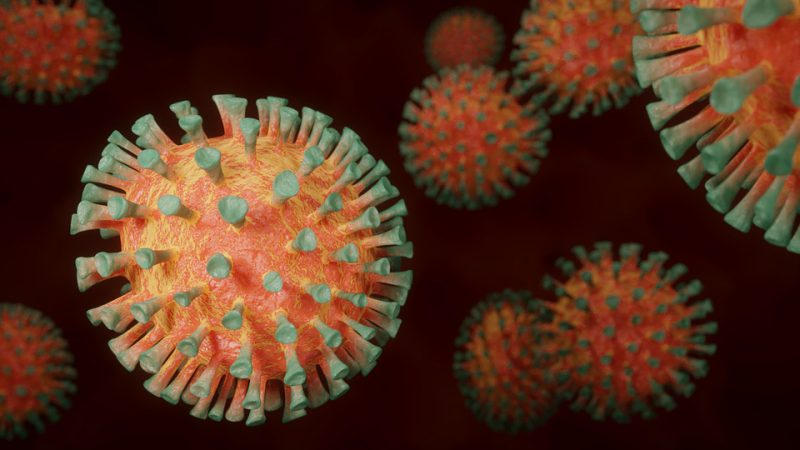Coronavirus SARS-CoV-2 has turned the whole world upside down. After weeks of curfew to relieve the national health care systems, the economic impact becomes more and more perceptible: We are facing a substantial crisis. The only way out of this misery is finding a) an effective drug for the treatment of COVID-19 or b) a safe vaccine, which prevents us from a Coronavirus infection.
Coronaviruses are not new. Known since the 1960s, they are really small (approx. 0,00012 millimeters) and look like an orange pinned with cloves. This characteristic surface reminded their discoverers of a crown and gave rise to the name “corona viruses”. Compared to other RNA viruses, Coronavirus has a huge genome: while Influenza viruses contain about 10.000 “gene-building-blocks” (called nucleotides), Coronaviruses can have up to 30.000! Furthermore, in contrast to Influenza, the genetic information of Coronavirus is not segmented, which gives hope that the virus is mutating more slowly.
The unnoticed entrance of the enemy
Like every virus, Coronaviruses cannot survive on their own; they always need a functional host cell. Coronaviruses of the SARS family prefer the respiratory cells of vertebrates as a host and SARS-CoV-2 most likely originates from bats. In 2019, SARS-CoV-2 could cross the species barrier and was able to infect human cells as well. The problem we are facing now is that our human immune system is rather unprepared for this situation. It cannot react fast enough as the virus enters our body by droplet infection.
The weapons of the pharma industry
There are two ways of defeating the virus: effective antiviral drugs or a vaccine. What is the better strategy and where to focus on in research? The answer is: we urgently need both! Drugs are used for treating those, who are already affected by COVID-19. And vaccines prevent all others from infection by preparing the immune system. The difference lies in the development time: the search for an anti-viral drug will take months, while the development of a safe vaccine will take years. In this current article we will focus on antiviral drugs.
Disarming the virus by drugs
While searching for an effective antiviral drug it is of utmost importance to know the viral mechanisms very well. First of all, researchers look at the most essential proteins for viral replication and infection. In the case of SARS-CoV-2, the main protease (MPro) is a crucial factor for virus replication: this enzyme is responsible for dividing a precursor polyprotein into functional pieces. If MPro is inhibited, the virus is disarmed. In the next step, researchers have to look for drugs, which are able to block MPro.
No need to reinvent the wheel
Drugs that are worth considering are not necessarily new compounds. A fast track process is the so called “repurposing” of available and already licensed drugs. The challenge is to identify the most potent drug out of two billion available pharma products. This is significantly facilitated by computational screenings. Based on structural data, bioinformatic experts can filter compounds that fit to the active site of MPro and thus significantly reduce the number of drugs that need to be evaluated in the lab. The acib Spin-off Innophore can successfully preselect compounds for further experimental validations. In the consortium FASTCURE, where also acib takes part, they are eager to identify THE antiviral drug for the treatment of COVID-19 as soon as possible. Watch the video and have a look at the FASTCURE strategy!
Picture credits: Pixabay
